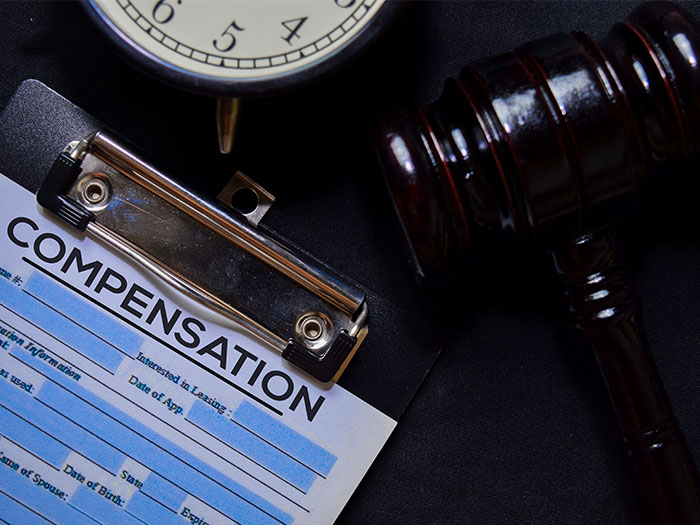COVID-19 Isn’t the Only Illness We Need to Fear When Employees Return to the Workplace

When COVID-19 struck, many workers didn’t know that they would be leaving their offices for the last time for months. Dirty dishes were left in office sinks, lunch boxes stuck in shared fridges and plants wilting, unwatered, in abandoned cubicles.
These buildings look eerie, and as they sit empty, they can become full of hidden health risks that are just waiting for employees when they return.
This is especially true of water systems in commercial buildings, which public health officials warn could be full of bacteria by the time everyone returns to the office. Water is going stagnant in pipes and even individual taps and toilets may be at risk for becoming bacteria cesspools.
If facilities’ managers don’t address these issues, employees could become sick and companies could face a wave of post-COVID-19 workers’ compensation claims.
Legionnaires’ Disease: The Biggest Risk
Caused by the bacteria Legionella pneumophila, Legionnaires’ disease is the most likely illness workers could contract if exposed to contaminated water.
Even a small outbreak of the bacteria can cause a large outbreak of Legionnaires’ disease.
Nearly 52,000 Americans suffer from the disease each year, and it’s deadly in 1 in 10 cases, the New York Times reports. Last September, 135 people contracted the disease and four died after an outbreak at the North Carolina Mountain State Fair.
Once the virus takes root in a building’s plumbing, it can spread to the air when employees flush toilets. Sinks can also send particles into the air as employees wash their hands.
In normal times, facility managers would pour small amounts of disinfectant into the drains to reduce the risk of Legionella and other bacteria taking route, but when the water is left stagnant, the disinfectant eventually disappears.
Given that Legionnaires’ disease is a respiratory virus, it can also be dangerous for COVID-19 survivors whose battered lungs may be more vulnerable to disease, and the immuno-compromised.
“COVID patients and survivors could be more vulnerable to this, so when they go back to work we might be concerned about another infection,” Caitlin Proctor, a postdoctoral fellow at Purdue, told the New York Times.
Alongside other scientists, Proctor has conducted a study that examines risks from water stagnation during the coronavirus lockdown.
“Not every building will have issues but based on what we know, enough of them probably will,” she said.
While some attention has been paid to the environmental risks these empty businesses pose, companies haven’t focused on the potential workers’ comp risks.
If employees can tie their infection to the virus, it opens the door for workers’ comp claims. A Pennsylvania man who contracted the disease after becoming exposed to contaminated water while working on fountain and soda drink machines successfully sued for workers’ compensation benefits in 2013.
Preventing Bacteria from Growing in Unoccupied Buildings
Public health officials recommended that facilities staff either bring in a new, fresh supply of water when buildings reopen or they can try to kill the virus by sending a high dose of disinfectant through the pipes and raising temperatures to kill the microbes.
These efforts may not be enough, however. Experts told the New York Times that since we haven’t experienced business closures of this length and magnitude before, the effects of water stagnation are ill understood.
“We haven’t really done studies on months-long stagnation,” Proctor said. “The ecological system may change. So while we’re looking at these organisms, maybe other organisms pop up.”
Researchers are also worried that there will be more outbreaks than usual even if only a few buildings have problems with Legionella.
Current guidelines for protecting against contaminated water from the CDC and other public health organizations are focused on prevention and may not be prepared to address the effects of water stagnation after long-term shutdowns like those caused by COVID-19. &










